Use These 7 Top Household Items as a Fertilizer
Gardening and tending your own crops is a wonderful way of not only saving you and your family money, but also reaping the benefit of enjoying fresh delicious fruits and vegetables that you’ve personally cared for. But what happens when you are dealing with limited space in your backyard, yet continue this process year after year? Did you know you can use these 7 top household items as fertilizer?
Related Topic: 7 Tips for Sustainable Gardening
These 7 Top Household Items Can Be Used as a Fertilizer
It’s quite simple, actually. Your soil’s pH will become depleted of its nutrients over time, not to mention the quality of your vegetable crops will take a hit too. That’s why fertilizer is so crucial, to return those nutrients into your soil.
Many gardeners resort to using chemical fertilizers to do the job, but several red flags should deter you from this. You don’t need to rely on chemical-grade fertilizers that will cost you too much money and could be harmful to your health. This is especially true if that fertilizer found its way into your groundwater, or into surrounding lakes, streams, and rivers.
It may surprise you that you probably already have several household items around your home that can be used as fertilizer. Many of them consist of organic materials that make for a safer fertilizer for not only your soil, but for you as well. Here are some of the top household items that you can use as a fertilizer for your vegetable garden.
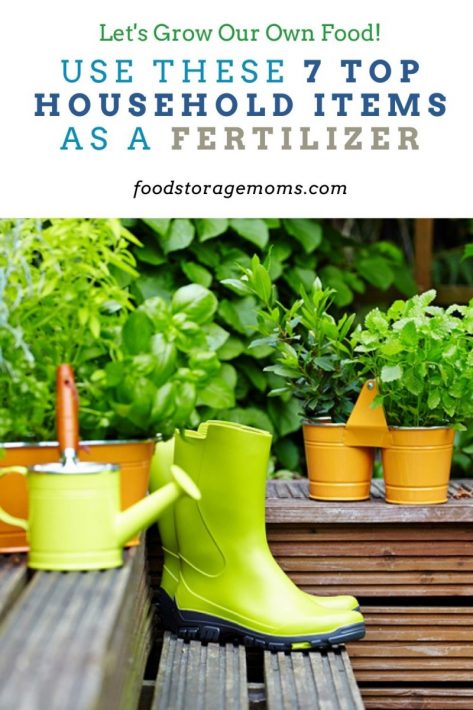
Grass Clippings
So this one may be something that you wouldn’t find in your home, but depending on where live, your property is sure to have some of it. Do you bag up your grass every time you mow your lawn? Throwing away your grass clippings is something that you should not be doing.
Yep, you heard that right. Hold on to those grass clippings! The grass is filled with nitrogen, and your garden can certainly benefit from the phosphorus, potassium, chlorophyll, and amino acids that are also present. This is how you can make your own grass fertilizer.
Weeds
There’s no other way to describe weeds other than obnoxious and far more irritating than mosts yard pests you can think of. They’re every gardener’s absolute worst nightmare, especially for those who try to keep their garden in pristine condition. But when you stop and think about it, weeds are alive and growing too.
They have nutrients and minerals that can help your plants thrive, while at the same time are capable of deterring insects and other pests.
Any type of weed will do the trick, but dandelions and dock leaves have the most nutrients because of how far they reach beneath the soil. What you need to do is ferment the weeds to turn it into fertilizer. Here’s how. Just be sure that you don’t use weed fertilizer on crops that are just about to be harvested. You may notice an unpleasant smell and taste if you do. Try to harvest the weeds BEFORE they go to seed so you don’t spread them even further in your yard.
Wood Ash
Do you have a wood-burning stove or have a fire pit in your backyard? You can put that ash to good use instead of allowing it to sit around or be thrown away. The ash from hardwood contains several important nutrients including sulfur, nitrogen, magnesium, and potassium.
Keep in mind that wood ash is only a good thing for your garden if it’s done in moderation, and it’s not a good option if you’re planning on growing potatoes. Only a light dusting of ash on your soil will accomplish its mission.
Coffee Grounds
Already brewed coffee grounds can also work as an organic material fertilizer, but you need to be careful with this one.
If you pour too much over your soil it can backfire and begin to compete for your soil’s nutrients. Just a few of the nutrients that coffee grounds can add include nitrogen, potassium, phosphorus, and magnesium.
Not only do coffee grounds contain the nutrients that are suitable for your garden, but they can also work as a deterrent to keep bugs and pests away.
Cooking Water
This one surprised even me a while back. The leftover water that is used to cook can also be used to add minerals and nutrients back into your garden’s soil. As long as you haven’t added salt to, that is. Nutrients will vary depending on what you cooked in it. Recycle your cooking water by moving it into a different container that you can allow to cool and then add to your garden.
Egg Shells
Eggshells are another item that we typically throw in the trash, but they have important nutrients in them too that you should consider. The shell from an egg has a fair amount of calcium, but there’s also nitrogen and selenium that’s present. This is how you can create a fertilizer using eggshells.
Banana Peels
Bananas are filled with potassium that not only has benefits for you, but also for your garden. But that’s not all. Banana peels also come chock-full of calcium, sulfur, and magnesium. Instead of throwing away the peel like everyone else, consider using it as a fertilizer.
It’s actually amongst the best of organic materials that can be used in a homemade fertilizer.
Gelatin
There’s a real good chance that you already have a stash of this in one of your kitchen cupboards. Gelatin contains a rich source of nitrogen that most plants can benefit from. Keep in mind that gelatin will only work in your garden if you use the unflavored version.
Adding sugar will do more harm than good if you mistakenly add flavored gelatin. Here’s how to use gelatin as a fertilizer for your houseplants as well as for your garden.
Final Word
If you’re wary about using chemical fertilizer and instead want to go with something natural or organic for your garden, these household items won’t steer you wrong. You’ll be blessed with a garden that continues producing fresh and delicious fruits and vegetables, and your garden soil won’t be left feeling exhausted afterward. May God Bless this world, Linda.
Copyright Images: Outdoor Gardening Tools Deposit photos_42380067_s-2019

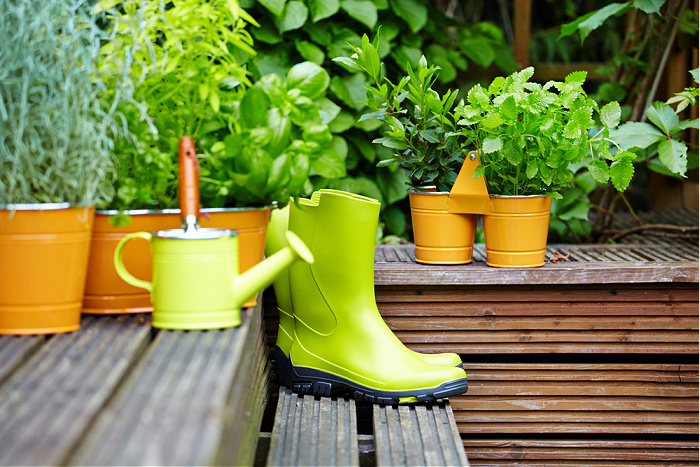

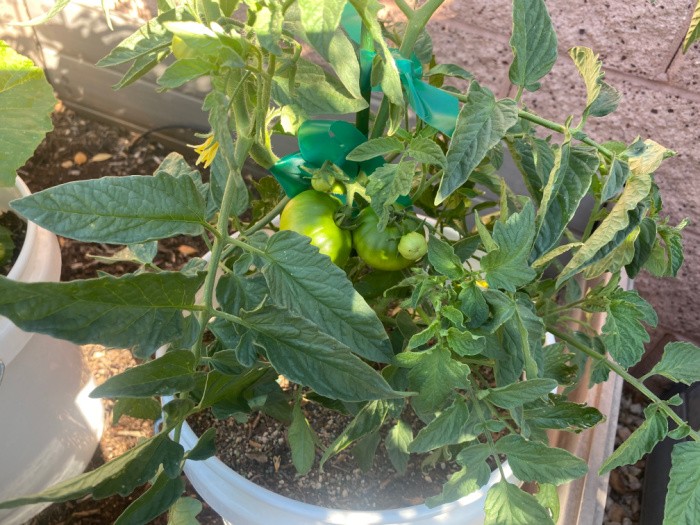
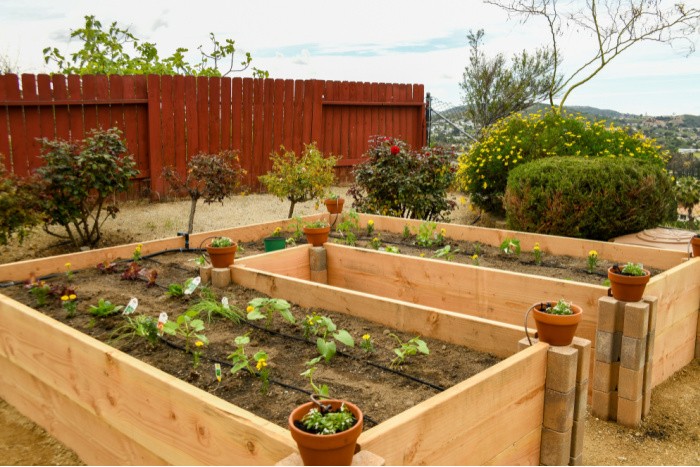
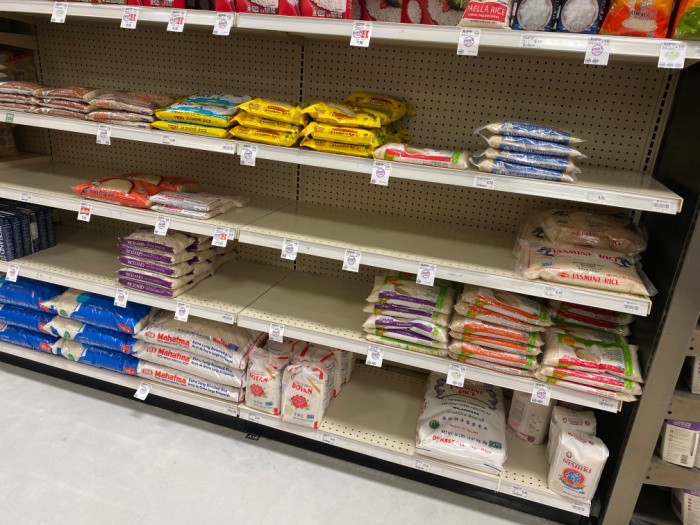
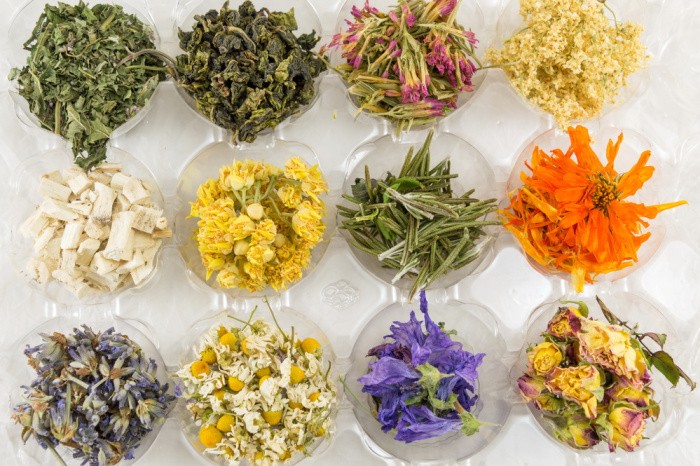
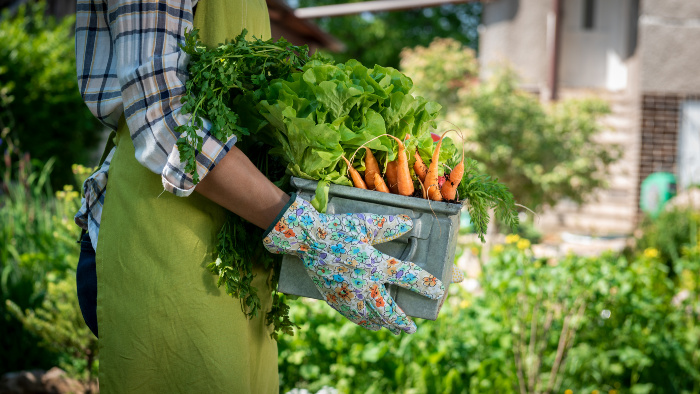
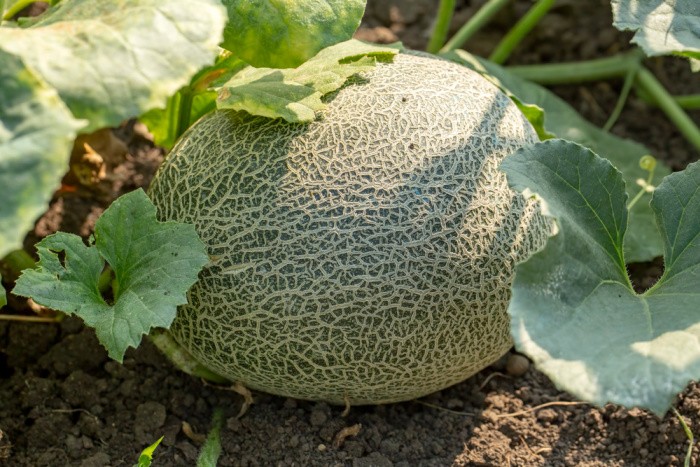










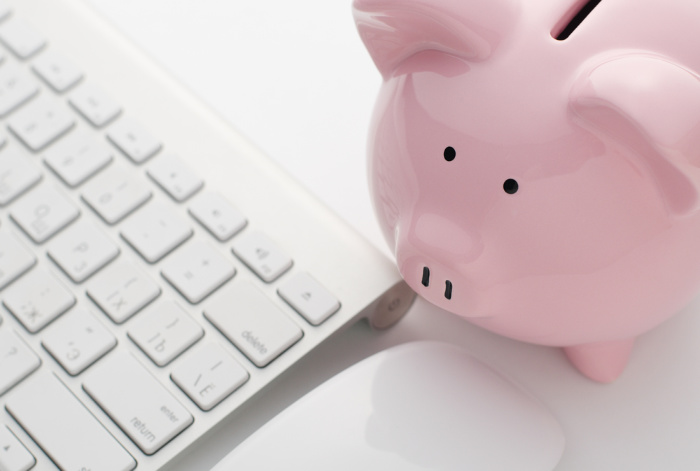
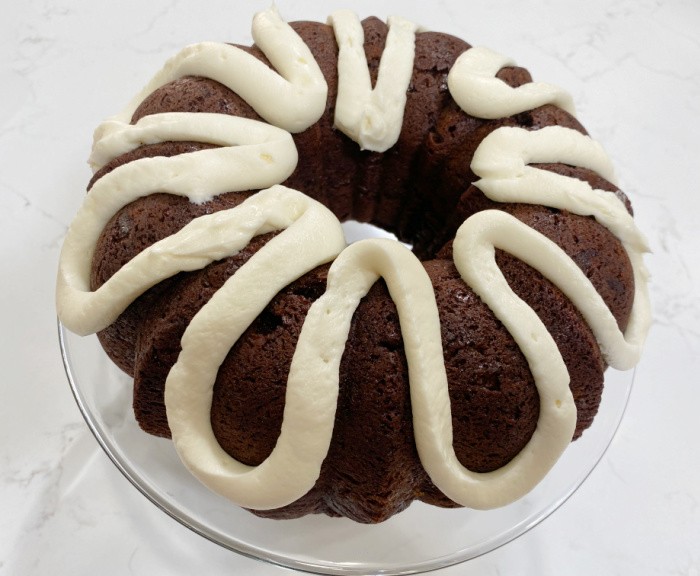

After using epsom salts in a foot soak, I dump the water on plants indoors and out. Also some dish soaps, such as Dawn, improves water’s ability to be absorbed by the plants. Obviously, diluting any chemicals with water will protect the plant from shock. But they ae fertilizers improving ing water absorption.
Hi Dave, I love Epson salt for my feet. Great idea about reusing the water on our indoor plants. I think everything we can learn to grow more of our food the better off we will be. Stay safe, Linda
I’ve used Epsom salt before. They’re re really good for tomatoes and roses. My roses love banana peels. Because coffee grounds are acidic, they’re good for acidic living plants like blueberries and azaleas. Crushed egg shells are also good to help kill snails. The shells cut their bodies.
Hi Linda, Epsom salts are so good for trees as well. I remember using coffee grounds to keep the cats out of my raised garden beds. I learned I went overboard with the coffee grounds, lesson learned. LOL! I had to add crushed eggshells to the soil as I remember. Live and learn, Linda
I have used all but the weeds for fertilizing my garden in the past. I always add a teaspoon or so of epsom salts to the bottom of the hole for all transplants. I also dissolve that for watering house plants once a month.
As for weeds, not sure I would use them for fertilizing my garden – don’t you run the risk of “adding” more than just the nutrients? like weed seeds? Don’t want more weeding that is normal!!
Hi Leanne, I think we are looking for free fertilizer in case things go south. We may get more weeds but if we have to pull them. We may need fertilizer that is not available after the SHTF! God help this world, Linda
Thank you for sharing these hacks and tips about fertilizer. I’m sure it will make the plant grows healthy with eco-friendly fertilizers.
Hi Mark, thank you, I hope the tips help you with your garden. Linda
To make sure that you do not get blossom-end rot, be sure to add dry milk when they start to bloom. Water well first and then add. I found this out last year when I began having problems with my tomatoes. It is excellent for peppers and eggplant, too. No more problem. To be sure, I added a bit more as my plants really began to produce. I know there are other things that can be used, but they didn’t work for me. This did and others that tried it had the same success. Check on Google for more info.
Hi Cheryl, great tip on the dry milk, I love it! I say whatever works, use it! Linda